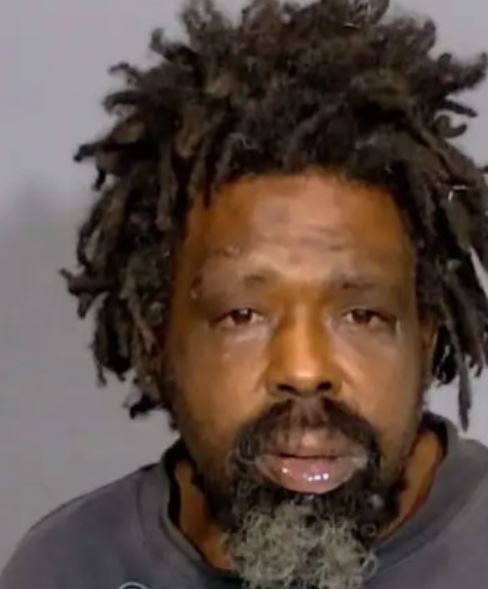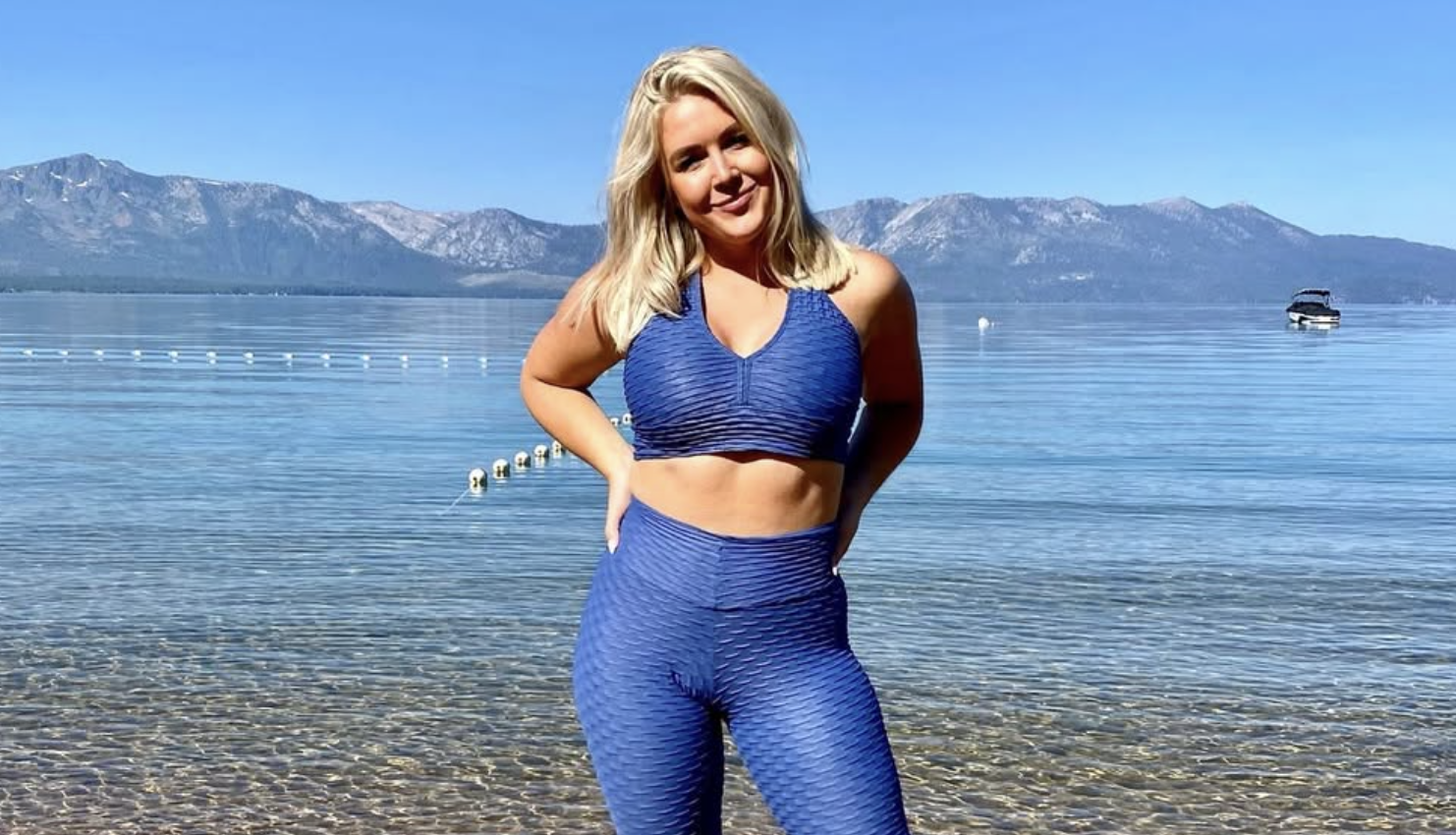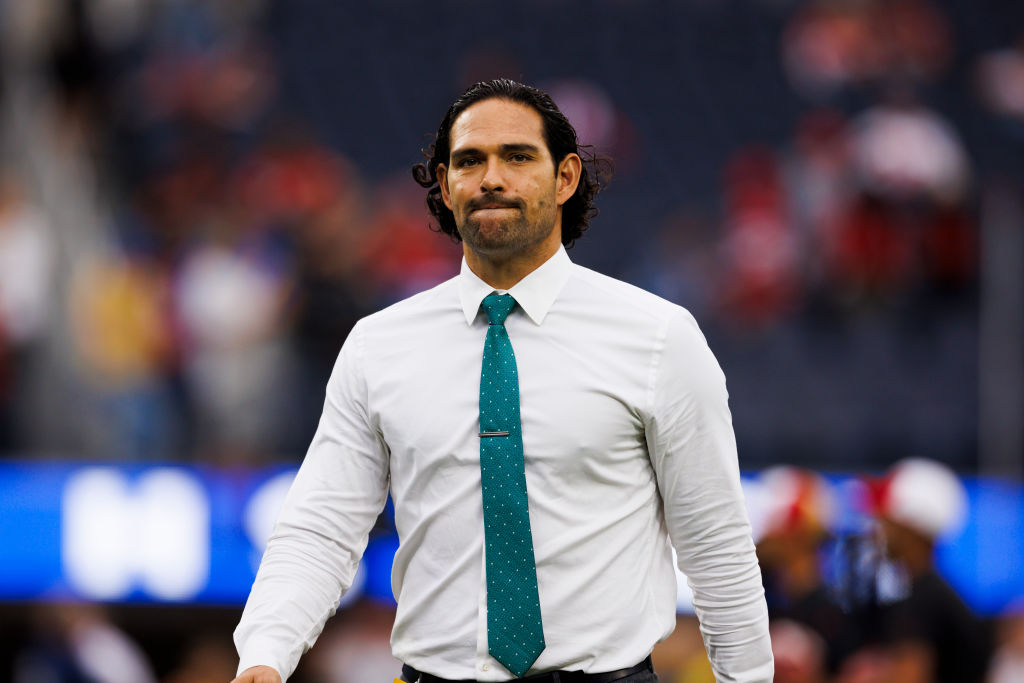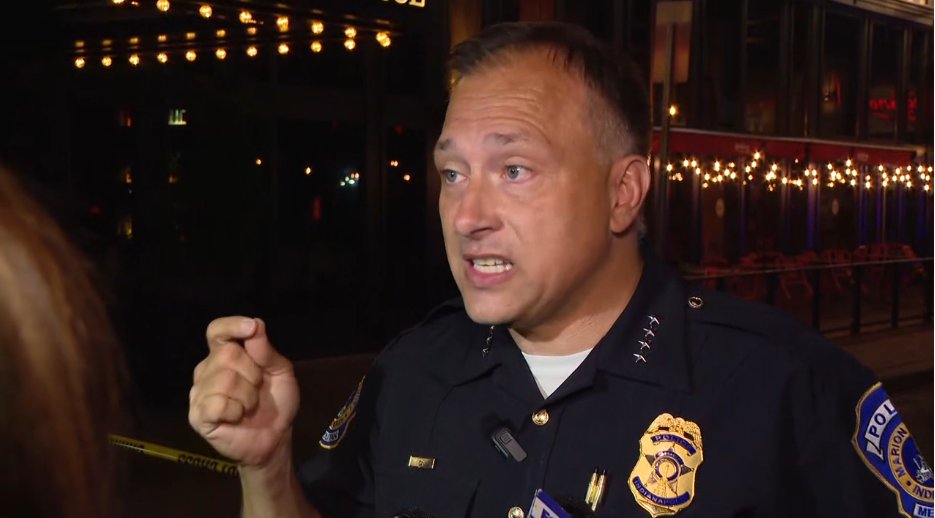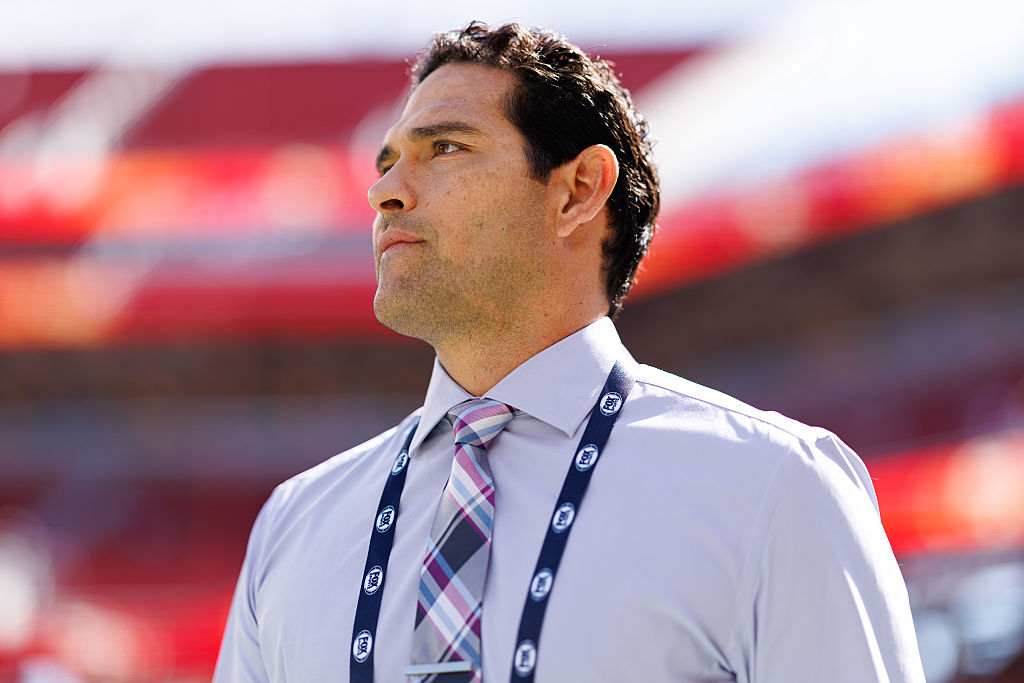Former NFL Quarterback Mark Sanchez Now Faces Felony Charge
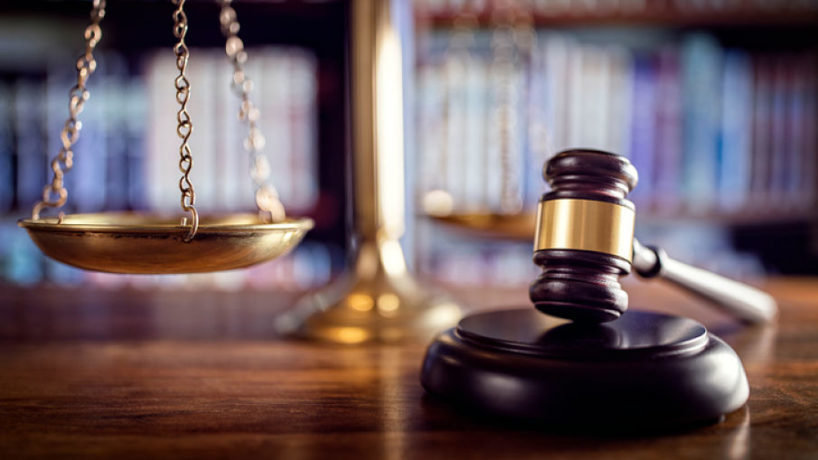
INDIANAPOLIS–Former NFL quarterback Mark Sanchez now faces a felony charge for Saturday’s stabbing incident in downtown Indianapolis.
At a press conference Monday, Marion County Prosecutor Ryan Mears said he’s upgrading Sanchez’s charges to a Level 5 felony battery involving serious bodily injury. Mears says this move is warranted because of the extent of the victim’s injuries.
“This is by no means the end of this investigation. It likely won’t be the final charges that we move forward with,” said Mears.
The incident happened Saturday morning at around 12:30 in an alley between the Westin Hotel and the Indianapolis Marriott Downtown.
The probable cause affidavit says surveillance footage shows Sanchez jogging back and forth in the alley before approaching a box truck that was backed into a loading dock.
The 69-year-old box truck driver told police he was working, collecting grease from the hotel, when Sanchez forced his way into the box truck. Sanchez kept insisting the older man move his vehicle and claimed to have spoken to the hotel manager.
That 69-year-old man told police he was confused because he initially thought Sanchez was a hotel manager and that Sanchez later tried to block him from calling the manager.
In his account, the 69-year-old said he used pepper spray to defend himself, but when Sanchez kept going towards him, he said he thought “this guy is trying to kill me” and pulled out a knife and stabbed Sanchez several times in self-defense. Subsequent photos showed that man with lacerations all over his body.
Sanchez eventually got help from a nearby bartender. After that, he was taken to a hospital with injuries from being stabbed. He claims that all he remembers is grabbing for a window and did not know who did this to him or where it happened.
Here is a list of the full transcription of the press conference from Marion County Prosecutor Ryan Mears earlier today.
(0:00) I’m the Marion County Prosecutor here in Indianapolis, Indiana. (0:04) And for those of you who are certainly familiar with how the criminal justice (0:07) system works here in Indianapolis, on Saturday we were presented and (0:11) submitted a probable cause affidavit from IMPD that kind of contained (0:15) an initial outline of the allegations that occurred early Friday night, (0:21) early Saturday morning involving the defendant Mark Sanchez. (0:26) An initial probable cause affidavit was filed and (0:28) we made a preliminary charging determination based on that information.
(0:32) As is always the case, Chief and his team continue to work on this matter, (0:36) continue to track down additional details for us and (0:39) really supplemented that probable cause affidavit. (0:42) I cannot say enough good things about the work that took place at IMPD. (0:46) There was a ton of information to sift through and (0:48) gather, did an excellent job of acquiring that information.
(0:52) And as a consequence of that effort, we received an amended or (0:56) an additional probable cause affidavit this morning. (0:58) Again, this is something that happens in virtually every case here in Marion County. (1:02) And with that additional information, (1:04) we have added more serious charges against Mr. Sanchez.
(1:09) At this point in time, we have filed a felony charge, a level five felony (1:13) of battery involving serious bodily injury, which contains a penalty of one to six years. (1:20) One of the things that I wanna stress to everybody is that we are still (1:24) in the early stages of this investigation. (1:27) Chief and his team have a number of search warrants that are still outstanding.
(1:30) They’re still tracking down additional information. (1:33) This is by no means the end of this investigation. (1:36) This by no means means that these are gonna be the final charges that we move (1:39) forward with.
(1:41) We could not have done this case and (1:43) be in a position to make today’s charging decision without the hard work of IMPD and (1:49) people in the community who came forward with information and (1:51) pointed us in the right direction. (1:53) And we’ve gathered a ton of information. (1:56) One of the challenges you have in a case like this is the fact that you’re dealing (2:00) with individuals who are receiving medical care.
(2:02) And that’s obviously the most important thing that individuals are treated (2:07) appropriately. (2:08) But once we were provided with additional information about the victim’s (2:13) current medical condition, it became clear to us that additional charges needed (2:17) to be filed. (2:18) There’s a supporting probable cause affidavit which was filed with the court (2:22) today which outlines the additional information which we have received (2:25) thanks to the effort of IMPD.
(2:28) And that’s why we were able to file the charges. (2:32) Couple of things just about this incident. (2:35) Certainly the thing that stands out to us is this was a situation that did not (2:40) need to occur.
(2:42) You have the allegations involve a 38 year old man becoming involved in (2:47) an altercation with a 69 year old man who sustained significant and (2:52) very severe injuries as a result of that altercation. (2:55) The probable cause outlines kind of the initial nature of that dispute. (2:59) We are literally talking about people fighting over a parking space.
(3:03) And or a dispute about where people are parking and (3:06) it resulted in someone receiving just incredibly significant injuries. (3:11) Where this incident took place was an area of the city which was very well covered by (3:16) surveillance footage. (3:16) There are multiple angles of surveillance footage which capture (3:21) the events that occurred.
(3:23) And in addition, we had a number of civilian witnesses who came forward with (3:26) provided information about what took place. (3:29) For us though, we need additional information and (3:32) chief’s team is working on that. (3:35) And once we receive that additional information, (3:37) additional charges might be appropriate to file.
(3:40) In a case like this, one of the things that you are considering is where people (3:43) are coming from, where were people going, what were they doing? (3:46) And then once individuals receive medical care, (3:49) we’re obviously very interested in what those medical records look like. (3:51) Because they can a lot of times give us greater insight into what was going on (3:56) that day, and potentially provide some information into an individual state of (4:00) mind. (4:01) And so with that, I’ll turn it over to Chief Bailey.
(4:04) Thank you, Prosecutor. (4:05) First and foremost, I wanna say that my thoughts and (4:08) prayers are with the victim in this case and his family. (4:10) As he is on the road to recovery.
(4:13) I also wanna just express just how proud I am of the officers and (4:18) detectives of this police department who those early morning hours of Saturday (4:23) rushed in to provide medical care and find out what was going on. (4:27) And then spent the next really two full days putting this case together to present (4:31) to our partners at the Marion County Prosecutor’s Office. (4:34) All of them, including deputy prosecutors, including the prosecutor himself, (4:38) worked all weekend nonstop to bring those initial charges.
(4:42) And as he said, we continue to work on this case to find additional information, (4:47) additional evidence, and additional witnesses to make this case stronger. (4:51) The professionalism that we saw from our teams is what makes this department one (4:58) of the best in this city, one of the best in the country. (5:00) And their commitment to our community and (5:02) keeping downtown and every neighborhood in our city safe was evident.
(5:07) Downtown Indianapolis remains a safe and welcoming environment for (5:12) the people that live here and the people that visit here. (5:15) It remains one of our safest neighborhoods. (5:19) To date, violent crime is down 5% in downtown.
(5:23) Property crime is down 11%. (5:24) Overall crime is down 10%. (5:27) And across our city, violent crime is down 21%.
(5:30) That is because of the hard work of all of our partners in the criminal justice (5:35) system, including Prosecutor Mears, and the work of our detectives, (5:39) the work that we see from our Office of Public Health and Safety, and (5:43) the work of our boots on the ground community-based organizations who (5:46) every day are doing their part to make our city safe. (5:49) But I wanna be clear about this, I don’t care who you are. (5:54) I don’t care what you do for a living.
(5:57) I don’t care where you live. (5:59) If you come into our city, commit violence, (6:02) we will use all the tools at our disposal to hold you accountable. (6:07) As we move forward, IMPD will continue to maintain our strong, (6:11) visible presence in downtown on those high visibility, (6:15) high traffic weekends at major events to make sure that our community is safe.
(6:21) And I continue to urge our community to respect one another. (6:25) As the prosecutor said, this did not need to happen, it just did not. (6:31) We need to recognize our differences, respect those differences, and (6:36) deal with our conflict without resorting to violence, because it’s just not worth it.
(6:42) I appreciate the cooperation of our community, and the downtown residents and (6:47) businesses who continue to support their police department, each other, (6:53) and work with us to solve our problems. (6:56) Thank you, and now we will take some questions. (6:58) Hi, mayors, prosecutors.
(7:01) Are there any laws on the books that state that charges will be up based on (7:05) any of the victim’s age, especially if this person is elderly? (7:08) So traditionally, that’s more of a statutory aggravator as it relates to (7:11) sentencing. (7:12) And so one of the things that the court can consider when they’re trying to impose (7:16) a sentence, as I mentioned, this is a level five felony, one to six years. (7:20) One of the statutory aggravators is the age of the victim, and (7:23) certainly that is something that the judge can consider when they’re imposing (7:26) a sentence.
(7:27) Did investigators take a BAC level from Sanchez? (7:31) Well, anytime anyone’s admitted to the hospital, (7:33) there’s a number of things that are conducted as just kind of a matter of (7:36) routine and a matter of procedure. (7:38) And I think as you work through the process, (7:39) certainly their health records are protected. (7:42) We have to go through that process of making sure that any information that we (7:46) receive is obtained through the proper channels, and (7:48) I know the chief’s team’s working on that.
(7:50) Do we know if investigators have had a chance to talk to any of Sanchez’s (7:54) associates to piece together what his Friday night was like before this happened? (7:59) I can’t answer exactly what step in the process the investigators are at, but (8:03) as the prosecutor mentioned, just because charges are filed doesn’t mean the case or (8:08) the investigation stops. (8:09) So the investigators will be looking into all those things, and (8:12) I think the medical records are gonna be extremely important for (8:15) both individuals to help the prosecutor make a charging decision to see if (8:21) there’s some other way to, another charge needs to be added, but also to see if (8:25) there were some sort of altered state of mind of the individuals involved in this (8:30) incident. (8:30) Does the felony mean his bond has now changed? (8:34) So as you know, we’re currently assigned to a misdemeanor level six court with (8:38) the additional charges.
(8:39) This case will be transferred to a major felony court, and (8:43) then it would be up to that major felony court to make the determination as to (8:46) whether or not a bond should be imposed regarding the new charges. (8:49) Again, these new charges are supported by an amended probable cause affidavit, (8:53) which goes into way more detail about what took place on that night, and (8:56) also more clearly outlines the nature and extent of the victim’s injuries in this (9:00) case. (9:01) How does the state’s self-defense law play into this and the allegations? (9:06) Well, certainly Indiana has some of the most robust self-defense laws in (9:10) the nation, and that’s always gonna be part of the equation when you (9:15) evaluate cases like this and trying to determine exactly what took place.
(9:19) And it will certainly be at the center of this particular trial, as well, (9:24) when we have conversations about were people acting reasonably or not. (9:28) And in Indiana, you have no duty to retreat. (9:31) And so those are all things that you need to consider in terms of when you make that (9:35) initial charging decision, those facts have been evaluated, and (9:39) certainly the self-defense law is gonna be an issue that will be raised at trial.
(9:44) Last question. (9:45) You tweeted yesterday for the first time in three years, (9:48) criticizing the governor for his quick take for political gain. (9:52) What’s your reaction? (9:55) Well, for me, the most important thing is that we get information out there (9:59) that is accurate, and any time people jump to conclusions and (10:02) don’t rely on facts, that’s obviously disappointing.
(10:06) For us, though, we have conversations about what’s taking place in Marion County. (10:11) When those types of things are said, it’s not really an attack on me, (10:13) it’s an attack on 420 people who work in the prosecutor’s office, (10:17) who are dedicated to their job. (10:19) And we’ve won 31 out of our last 34 murder trials.
(10:23) We’ve won the last 10 murder trials in a row. (10:26) And if the governor has conversations about what’s going on in Marion County, (10:29) not only can he look to those stats, but he has an open invitation to come to (10:32) the prosecutor’s office and not only meet with me, but (10:34) the people who are in the courtroom every single day fighting for those convictions. (10:38) We don’t get those records and we don’t get those results without Chief Bailey’s (10:42) help, without the community’s help.
(10:44) And so if the governor thinks that he can add to that conversation, (10:49) if he says, hey, there’s additional things that can be done to help, (10:52) we always wanna have that conversation. (10:55) Where I think my frustration sometimes comes from is everybody’s quick to blame (11:00) and point fingers. (11:01) We need substantive responses that actually address the challenges that we’re (11:04) facing and give everybody the tools and resources that they need to be successful.
(11:08) I feel very comfortable with where we are in terms of our murder conviction rate. (11:13) But we can’t do that without Chief Bailey. (11:15) We can’t do that without the community.
(11:16) And if the governor thinks he can assist, he’s got an open invitation to come. (11:19) For both Ryan and Chris, considering Indiana is a constitutional carry state. (11:26) And as you pointed out, self-defense statute is very broad.
(11:30) How lucky are we that somebody’s not dead of a gunshot wound? (11:33) Well, there’s, go ahead. (11:36) I mean, that’s, I mean, we’ve seen over the last several years, (11:40) the number of cases that have to be screened from the prosecutor’s office. (11:44) And look through that lens of self-defense, I think, go up.
(11:48) And that’s because a lot more people are armed and protecting, (11:52) which is their right that they have. (11:55) But when conflicts, which I’ve said repeatedly, (11:57) continue to drive violence in our community. (12:00) Simple conflicts over things like parking spots.
(12:02) And the list goes on and on that we’ve seen over the last several years, (12:06) these tragic cases that turn violent because someone has a weapon of any sort. (12:11) But we’re lucky that no one’s dead right now, (12:14) as a result of this incident that involved a knife. (12:17) But certainly, more people have guns.
(12:21) And we have to be mindful of that as we start and (12:24) deal with conflict in our community.



